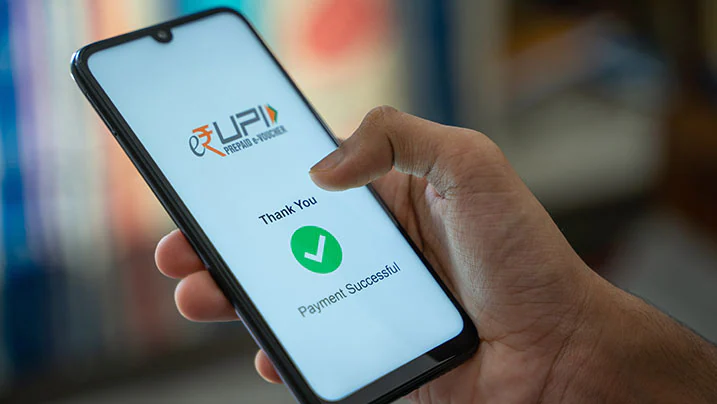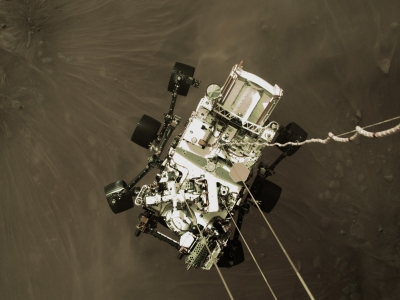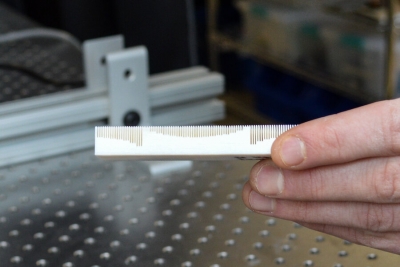What is UPI and how it works?

UPI saves people from Cash on Delivery hassle and running to an ATM
As Prime Minister Narendra Modi pushes for a digital India, many of us may have used Unified Payments Interface (UPI). But do you know what it is?
What is UPI?
UPI is a system that allows multiple bank accounts into a single mobile app, thus, merging several banking features, seamless fund routing, and merchant payments under one umbrella.
The UPI has made bank-to-bank money transfers simple and secure, enabling everything from purchasing vegetables from roadside vendors to sending money to friends and relatives.
UPI was launched by the National Payments Corporation of India (NPCI) on April 11, 2016, by Raghuram G Rajan, then-Governor of RBI, at Mumbai.
Features
Some of the unique features of UPI is that it allows immediate money transfer through mobile phones round the clock 365 days.
Besides, it saves people from Cash on Delivery hassle, running to an ATM, or rendering exact amounts.
People can also pay multiple bills from a single mobile app via Utility Bill Payments, Over the Counter Payments, QR Code-(Scan and Pay) based payments.
As per the latest guideline issued by the NPCI, a person is allowed to use UPI to send a maximum of Rs 1 lakh per day. The restriction varies from bank to bank.
Besides, there is a cap on the total amount of UPI transfers that can be made in a day. Twenty transfers are permitted per day using UPI.
HOW TO REGISTER IN UPI ENABLED APPLICATION
Steps for Registration
User downloads the UPI application from the App Store/ Bank's website
User creates his/her profile by entering details such as virtual id (payment address), password, etc. User goes to "Add/Link/Manage Bank Account' option and links the bank and account number with the virtual id
Generating UPI - PIN
User selects the bank account from which he / she wants to initiate the transaction
Change UPI PIN
User receives OTP from the Issuer bank on his / her registered mobile number
User now enters last 6 digits of Debit card number and expiry date
User enters OTP and enters his/her preferred numeric UPI PIN (UPI PIN that he/she would like to set) and clicks on Submit After clicking submit, customer gets notification (successful or decline) User enters his / her old UPI PIN and preferred new UPI PIN (UPI PIN that he/she would like to set) and clicks on Submit After clicking submit, customer gets notification (successful or failure)
Picture Credit : google

